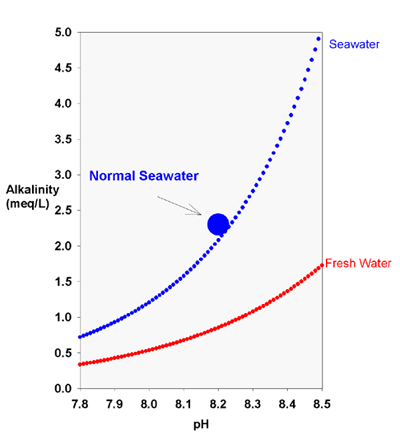I consider a CaRx more safe since I have never really seen them crash a tank without days or even weeks of neglect. Dosing pumps have gotten better and the instances of massive amounts of calcium or carbonate being dumped in are down, but it still happens.
With a CaRx, if things are going to drift, it happens slowly outside of some extreme edge case.
A well tuned reactor will barley move your tank pH at all. I know that co2 is part of the equation, but it is not significant in practice, IME. Letting a lot of raw co2 pass through your reactor into the tank that is not dissolved can lower the pH, but that is not a CaRx thing, that is a hobbyist thing. You can tune them to where this does not happen. The excess co2 thing is usually a byproduct of solenoids opening and dumping - bad approach, IMO.
Although minor and can happen in other ways, but I also like the traces that I get from melting natural media. This allows me to just change water and have what appears to be a complete solution.
Personally, I would not run a tank without a CaRx and I know and understand the alternatives from 2/3 part and kalkwasser. It just works for my personality and needs.
With a CaRx, if things are going to drift, it happens slowly outside of some extreme edge case.
A well tuned reactor will barley move your tank pH at all. I know that co2 is part of the equation, but it is not significant in practice, IME. Letting a lot of raw co2 pass through your reactor into the tank that is not dissolved can lower the pH, but that is not a CaRx thing, that is a hobbyist thing. You can tune them to where this does not happen. The excess co2 thing is usually a byproduct of solenoids opening and dumping - bad approach, IMO.
Although minor and can happen in other ways, but I also like the traces that I get from melting natural media. This allows me to just change water and have what appears to be a complete solution.
Personally, I would not run a tank without a CaRx and I know and understand the alternatives from 2/3 part and kalkwasser. It just works for my personality and needs.


















